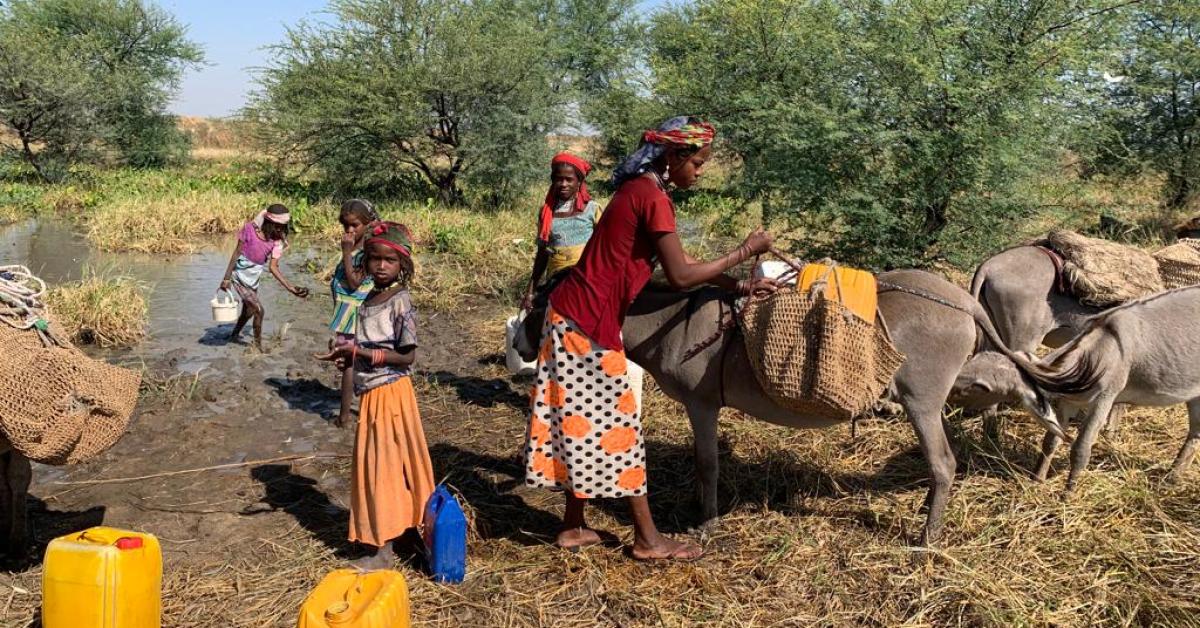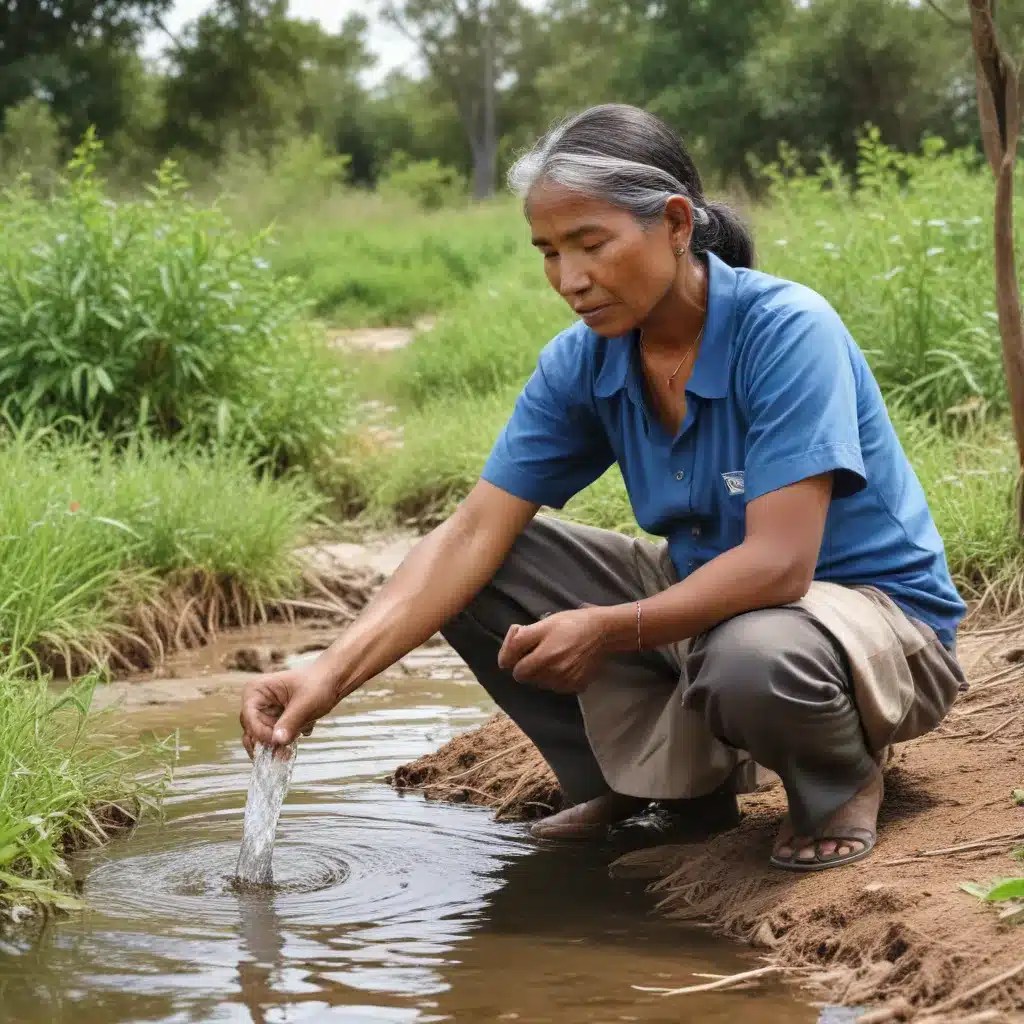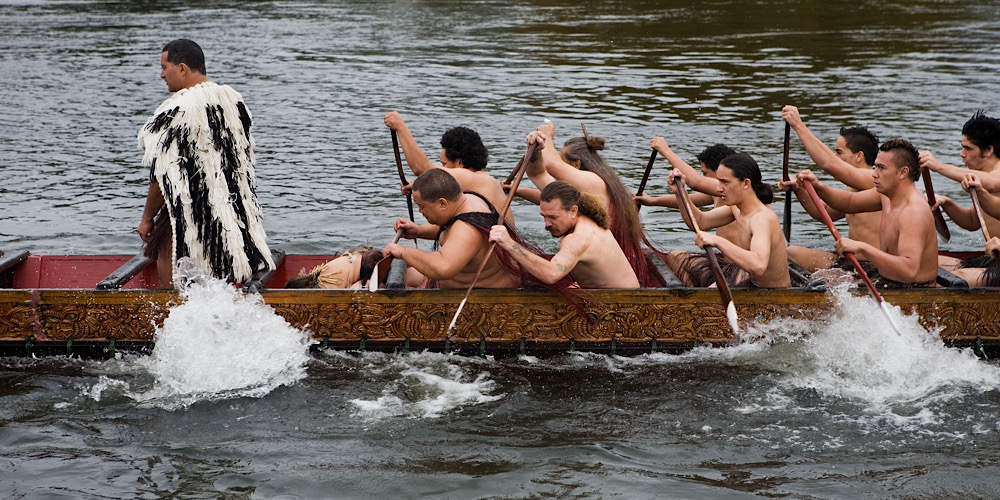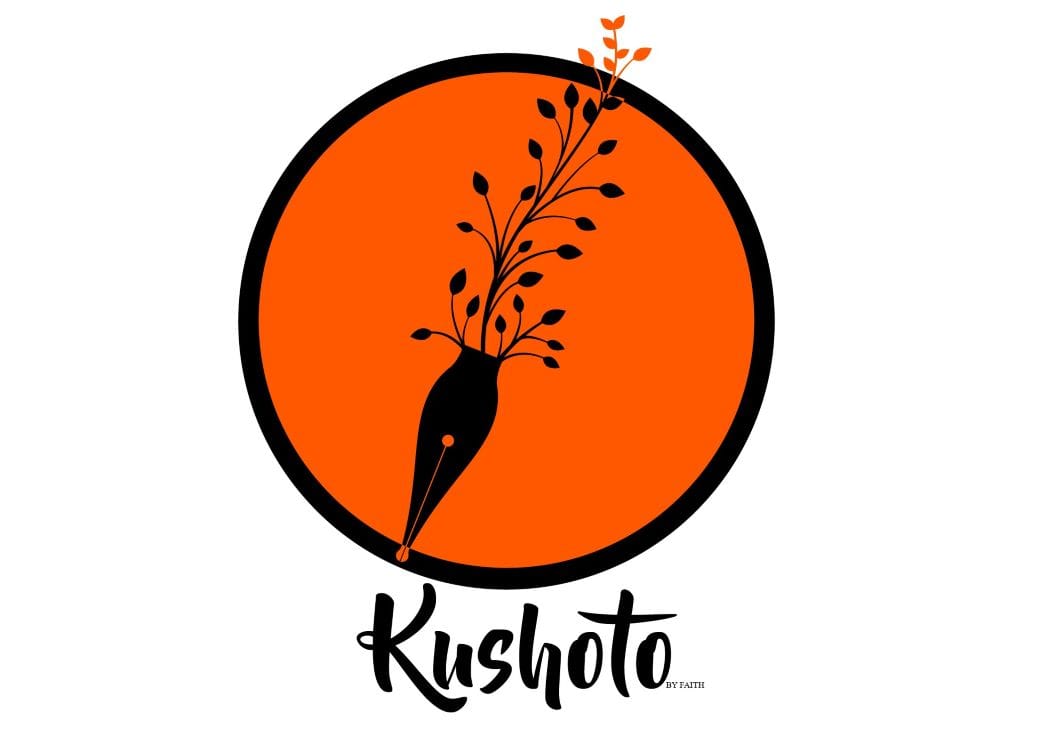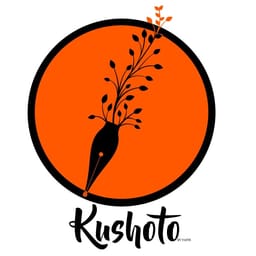Integrating Indigenous and Modern Water Management Techniques: Enhancing Sustainability and Resilience
Blending indigenous wisdom with modern tech offers sustainable water management, climate resilience, and equitable solutions for a water-scarce future
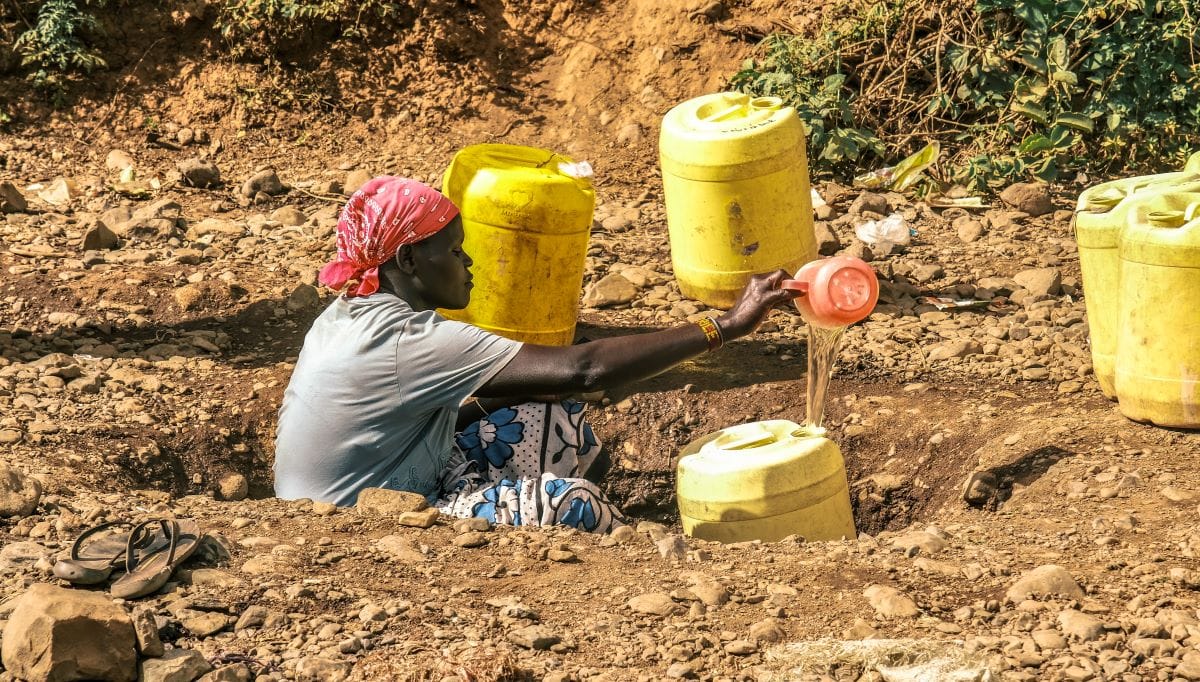
Water is the lifeblood of humanity. It nurtures ecosystems, sustains livelihoods, and underpins economies. Yet, the pressures of climate change, population growth, and overexploitation are pushing global water resources to their limits. In this context, sustainable water management is no longer a choice but an imperative. By blending indigenous wisdom with cutting-edge technologies, societies can unlock the potential for more resilient, equitable, and sustainable water governance systems.
The Urgent Need for Effective Water Management
Water scarcity is a pressing global issue. According to the United Nations, over 2 billion people live in water-stressed regions, with projections indicating a 40% water deficit by 2030. Climate change exacerbates this crisis, causing erratic rainfall patterns, prolonged droughts, and intense flooding. Coupled with population growth and industrial expansion, the demand for water is surging while natural supplies dwindle.
Africa, in particular, faces acute challenges. The continent is home to 17 of the 20 most water-scarce countries worldwide. These challenges demand innovative, inclusive, and adaptive strategies. Integrating indigenous water management techniques with modern technologies offers a viable pathway to address these issues.
RELATED:
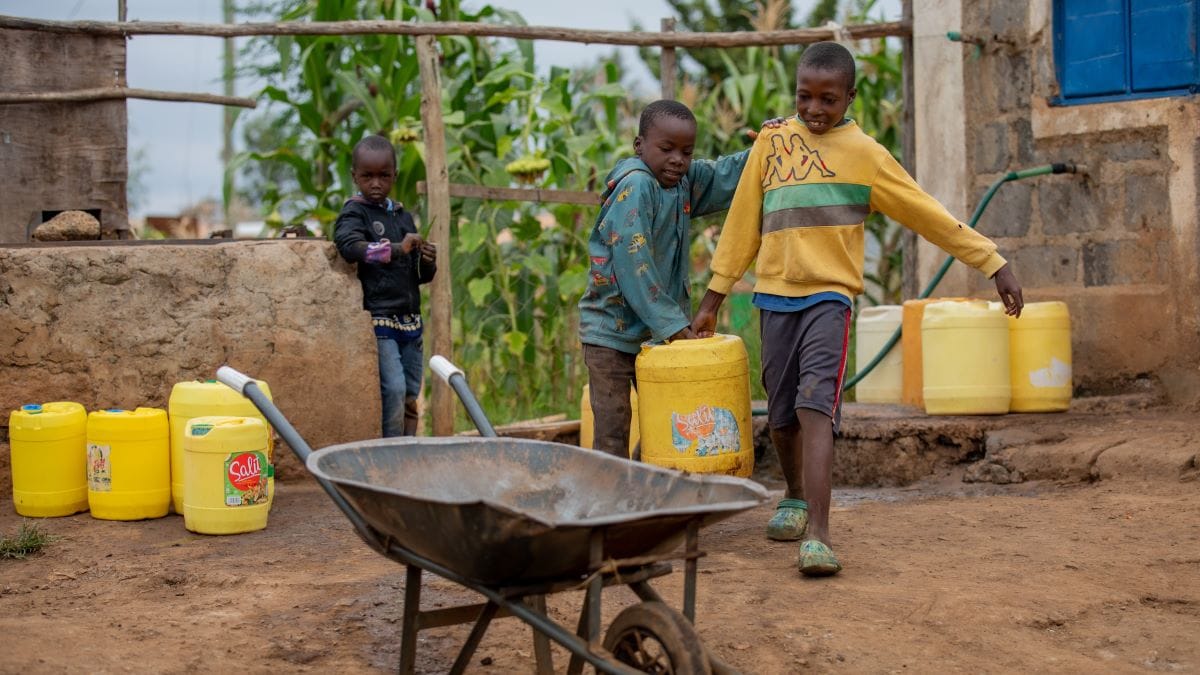
Indigenous Water Management Techniques: Lessons from the Past
For centuries, indigenous communities have lived in harmony with their environments, developing sustainable water management practices tailored to local conditions. These methods are rooted in a deep understanding of ecological systems and cultural traditions.
Traditional Knowledge Systems
- Sacred Groves in India: Certain forested areas are protected due to their spiritual significance. These groves help retain groundwater, prevent evaporation, and ensure biodiversity.
- Qanats in the Middle East: These underground channels, some of which date back thousands of years, efficiently transport water across arid regions with minimal loss.
- Terraced Farming in the Andes: Ingenious terraces not only prevent soil erosion but also optimize water use in mountainous areas.
Strengths of Indigenous Techniques
- Community-Centric Approaches: Indigenous methods often rely on collective responsibility, fostering collaboration and equitable resource distribution.
- Eco-Friendly Solutions: Practices like rainwater harvesting and forest preservation work in harmony with nature, minimizing environmental degradation.
- Cultural Significance: Many traditional practices are interwoven with cultural and spiritual values, promoting long-term stewardship.
Modern Water Management Technologies: Opportunities and Challenges
Advances in science and technology have revolutionized water management, offering unprecedented precision and scalability. Tools like the Internet of Things (IoT), artificial intelligence (AI), and desalination plants are transforming how water is monitored, distributed, and conserved.
Modern Techniques
- IoT Devices: Sensors monitor water quality and levels in real time, enabling efficient allocation.
- AI Algorithms: Predictive models help forecast water demand and optimize usage.
- Desalination Plants: These facilities convert seawater into freshwater, providing a lifeline for arid regions.
Challenges of Modern Approaches
- High Costs: Advanced technologies often require significant capital investment and maintenance, which can burden developing regions.
- Resource Intensity: Many modern systems are energy-intensive and environmentally taxing.
- Limited Applicability: Uniform technological solutions may not suit diverse geographical or cultural contexts.
Bridging the Gap: The Benefits of Integration
Blending indigenous wisdom with modern innovation offers a powerful synergy. Together, these approaches can address the limitations of each while amplifying their strengths.
Enhanced Efficiency
Modern tools can optimize traditional systems, making them more effective. For instance, IoT sensors can improve the functionality of ancient irrigation systems by monitoring water flow and usage.
Climate Resilience
Nature-based solutions rooted in indigenous knowledge, when combined with predictive technologies, can better withstand the impacts of climate change.
Sustainability
This integration promotes long-term water availability while preserving cultural heritage and minimizing environmental harm.
A Framework for Integration
To realize the potential of this integration, a structured framework is essential:
- Policy Development: Governments must recognize the value of indigenous practices and incorporate them into water management policies.
- Stakeholder Involvement: Collaboration between scientists, policymakers, and local communities ensures that diverse perspectives are considered.
- Capacity Building: Training initiatives can empower communities to leverage modern tools while preserving their traditional knowledge.
Case Studies of Successful Integration
- Rainwater Harvesting in Rajasthan, India: Traditional stepwells have been revitalized with IoT technology, enabling efficient water storage and distribution.
- Andean Agriculture in Peru: Ancient irrigation systems have been enhanced with modern pipelines and monitoring tools, improving agricultural productivity.
Empowering Indigenous Communities
Central to successful integration is the empowerment of indigenous communities. Participatory governance models that involve local stakeholders in decision-making processes foster ownership and accountability. When local expertise is aligned with broader policy objectives, equitable and sustainable outcomes become achievable.
Technological Tools to Support Integration
Emerging technologies can facilitate the fusion of traditional and modern approaches:
- Mapping and GIS Tools: Identify and analyze water resources, including traditional management systems.
- Mobile Applications: Share knowledge and engage with local communities.
- AI-Powered Analytics: Predict water demand, optimize distribution, and inform policy decisions.
Policy Recommendations for Africa and Beyond
- Legislation: Recognize and protect indigenous rights over water resources.
- Funding: Provide financial support for projects that merge traditional practices with modern innovations.
- Research: Encourage interdisciplinary studies to explore innovative integration strategies.
Overcoming Potential Challenges
- Resistance to Change: Building trust and fostering dialogue can help communities embrace new technologies.
- Knowledge Gaps: Mutual respect and collaborative learning can bridge the divide between traditional wisdom and scientific expertise.
- Resource Allocation: Ensuring equitable access to funding and technology is critical for inclusive water governance.
Future Prospects and Opportunities
The integration of indigenous and modern water management offers immense potential:
- Innovations: Developing technologies that complement traditional methods.
- Global Cooperation: Sharing successful practices across regions and countries.
- Educational Initiatives: Raising awareness about the benefits of integration among policymakers and the public.
Conclusion
Water management is a cornerstone of climate resilience and sustainability. By embracing the strengths of both indigenous and modern approaches, societies can forge adaptive, inclusive, and sustainable systems that meet the challenges of the 21st century. For Africa, where traditional knowledge remains vibrant, this integration offers a path to not only address water scarcity but also preserve cultural heritage and foster resilience.
Frequently Asked Questions (FAQs)
- Why is water management crucial for sustainability? Water management ensures the availability of clean water for all, supports agriculture, and protects ecosystems.
- What are some examples of indigenous water management techniques? Examples include qanats in the Middle East, terraced farming in the Andes, and sacred groves in India.
- How do modern technologies enhance water management? Technologies like IoT and AI optimize water use, monitor quality, and predict climate impacts.
- What challenges arise when integrating indigenous and modern techniques? Challenges include resistance to change, resource allocation issues, and knowledge gaps.
- Can integration improve climate resilience? Yes, blending traditional and modern approaches creates adaptive systems better equipped to handle climate variability.
Sources
